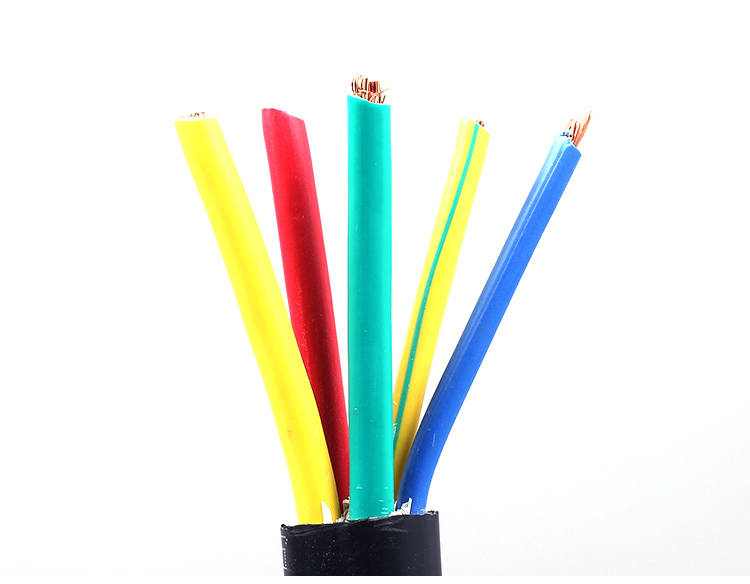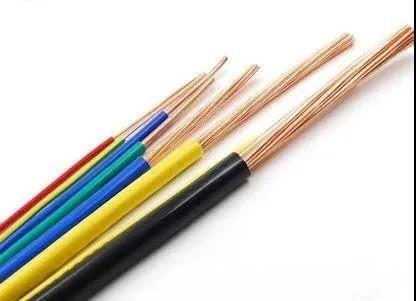The maximum current that the pvc wire can bear is not calculated, but the result of experiment. The test method is about 20 ° Under the environment of C, the voltage test is carried out on the 1 meter long wire to obtain the safe current value that the wire can continuously pass through. This value will be marked on the product’s nameplate – each brand, each model of wire, only need to be tested once.

But in practice, the current must change. Let’s talk about the factors that will affect the current carrying capacity of the wire in use
1. Temperature
The higher the temperature, the lower the current carrying capacity of the wire. This is the most common problem, which is also the main reason why the cables used in construction need to be thicker than those used in plug-in. And in many cases, the ambient temperature is uncontrollable, ventilation effect, sunshine, cable density, etc., will affect the ambient temperature, and then affect the abc cable ampacity.
2. Cable density
If the cables are laid too densely, not only will the temperature be too high. When multiple wires are laid together, the proximity effect and skin effect will be formed, which makes the charge concentrated in the local section of the wire and reduces the allowable current carrying capacity of the wire.
3. Length
The longer the cable, the lower the current carrying capacity. The difference between the current carrying capacity of a 100 meter cable and that of a 10000 meter cable is not an order of magnitude.
(as my fans pay more attention to the home decoration circuit, I would like to say one more thing here: the above external factors that affect the current carrying capacity of wires are mostly power supply for power transmission, industry and commerce. As the environmental temperature changes little and the distance is short, the influence of external factors on cables can not be considered.)
The internal factors that affect the current carrying capacity of wire are as follows
In addition to some external factors that will reduce the current carrying capacity of the cable in a specific environment, the more important factor that can determine the current carrying capacity of the wire is the internal factors of the wire, mainly including the following three decisions——
1. Core area
That is, we often say “line diameter”, such as 2.5 square mm, 4 square mm and so on, which are commonly used in decoration. It is only emphasized here that the current carrying capacity is determined not by the cross-sectional area of the whole wire, but by the cross-sectional area of the conductor inside the wire. The thicker the line, the greater the current carrying capacity.

2. Material conductivity
It depends on the conductor material, such as common copper wire and aluminum wire. The conductivity of copper material is at least 30% higher than that of aluminum. And when necessary, there may be silver lines. In addition to the substance of the material, it also depends on the purity of the material. Taking copper as an example, the highest purity red copper has much higher conductivity than the second-class brass.
3. Thermal conductivity of insulating layer
In addition to preventing electric shock, the function of insulating layer has the same important function as preventing electric shock flame retardant. The better the thermal conductivity of insulating material, the better the flame retardancy. Therefore, the quality of insulating materials, from another aspect, determines the current carrying capacity of the wire.
Estimation of electric current carrying capacity
Although the current carrying capacity of the wire can not be calculated accurately, the current carrying capacity of the wire can be estimated through the formula, which involves the estimation methods of copper wire, aluminum wire and wire side in each stage. However, as mentioned above, there are too many variables in the wire. To know the accurate current value of the wire, you still need to check the wire nameplate.
